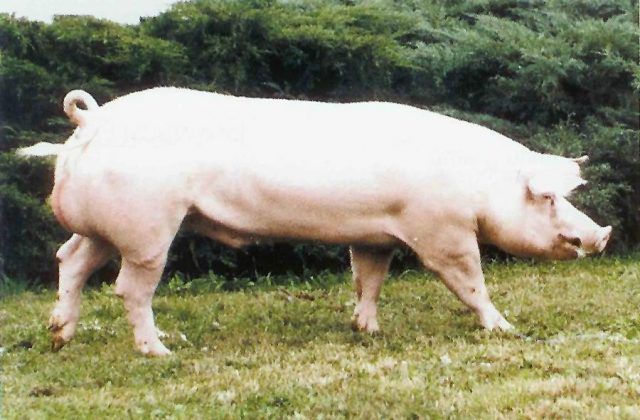

For instance, few studies quantified survival during early dependency, when avian mortality rates are assumed to be highest (e.g., Sankamethawee, Gale, & Hardesty, 2009), and only some have carried out this in Afrotropical forest birds, where cooperative breeding is common (Jetz & Rubenstein, 2011).

However, studies addressing possible effects of cooperative breeding on postfledging survival have yielded mixed results (see Appendix S1 and Table S1), possibly due to methodological and/or taxonomic heterogeneity. Quantifying postfledging survival in group‐living species can hence result in more accurate measures of reproductive success and provide new insights into the ecology and evolution of sociality (Hatchwell et al., 2004 Preston, Briskie, & Hatchwell, 2016). Yet, offspring of cooperative breeders typically receive extended care after fledging, suggesting that helpers can contribute substantially to a breeder's fitness during this phase too (Langen, 2000). While it has generally been acknowledged that avian group living has to confer multiple benefits to be evolutionary stable (Dickinson & Hatchwell, 2004), the difficulty of following birds after fledging (reviewed by Cox, Thompson, Cox, & Faaborg, 2014) limits our knowledge on postfledging benefits. While studying small, mobile organisms after they leave the nest remains highly challenging, we argue that the telemetric approach proposed here may be a broadly applicable method to obtain unbiased estimates of postfledging survival. Our results demonstrate the importance of studying the early dependency period just after fledging when assessing presumed benefits of cooperative breeding. Postfledging survival was positively related to group size, with fledglings raised in groups with four helpers showing nearly 30% higher survival until independence compared with pair‐only offspring, independent of fledging date, maternal condition or nestling condition. A Bayesian framework was used to infer age‐specific mortality rates in relation to group size, fledging date, maternal condition, and nestling condition. Tracking these females after fledging permitted us to locate juvenile birds, their parents, and any helpers present and to build individual fledgling resighting datasets without incurring mortality costs or causing premature fledging due to handling or transmitter effects. We radio‐tagged breeding females of the Afrotropical cooperatively breeding Placid greenbul ( Phyllastrephus placidus) during nesting. Yet, the difficulty of tracking fledglings, and thus estimating their survival rates, limits our knowledge on how such benefits may manifest postfledging. For avian group living to be evolutionary stable, multiple fitness benefits are expected.


 0 kommentar(er)
0 kommentar(er)
